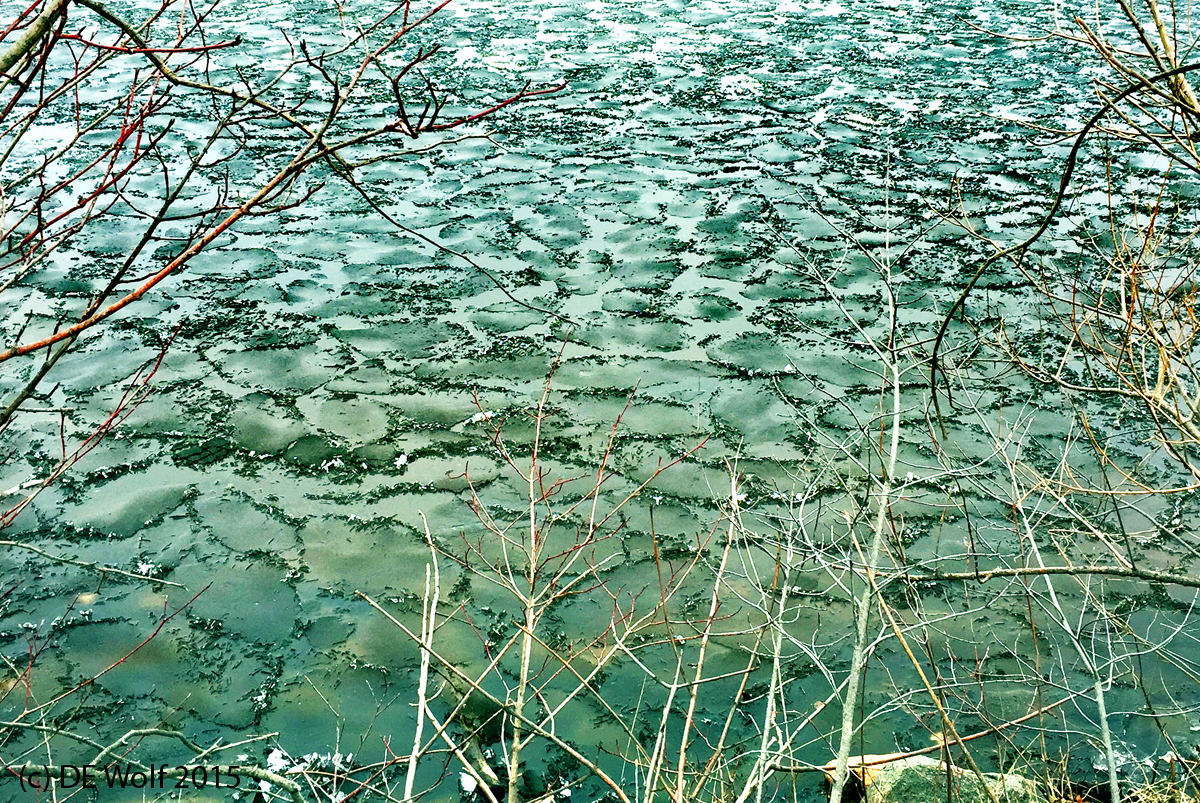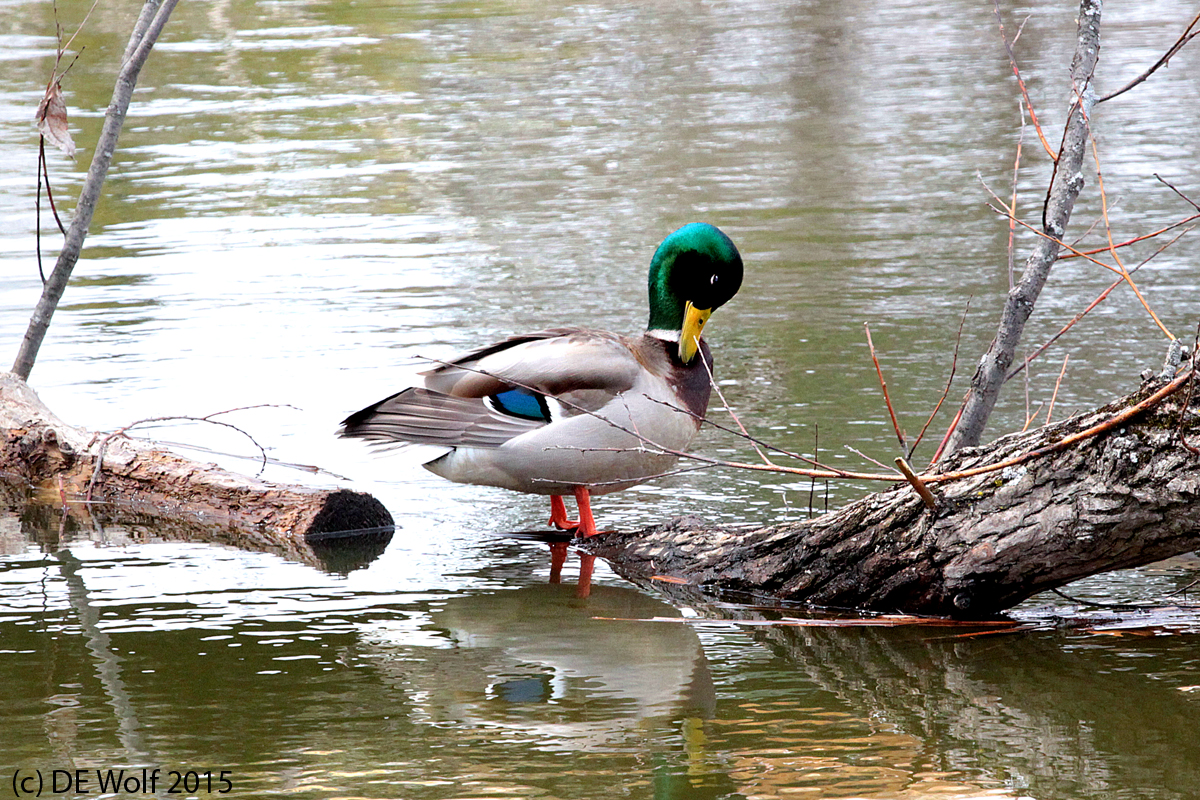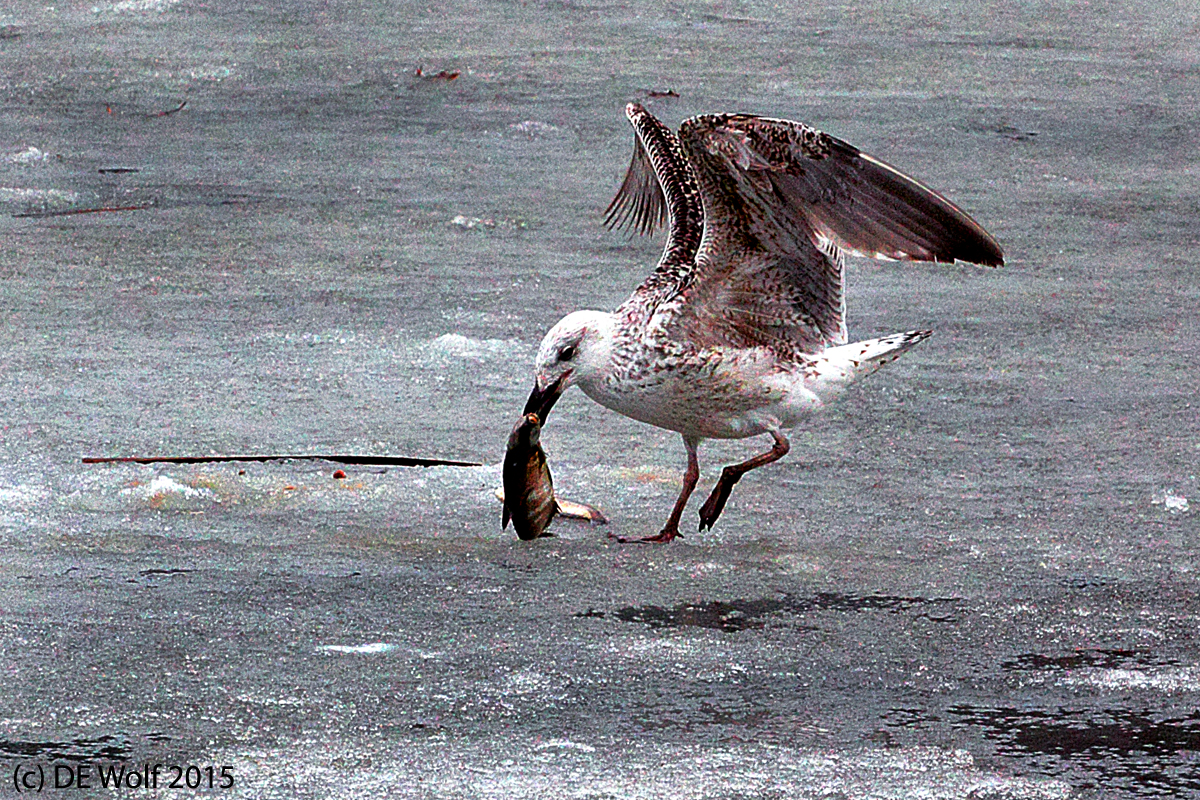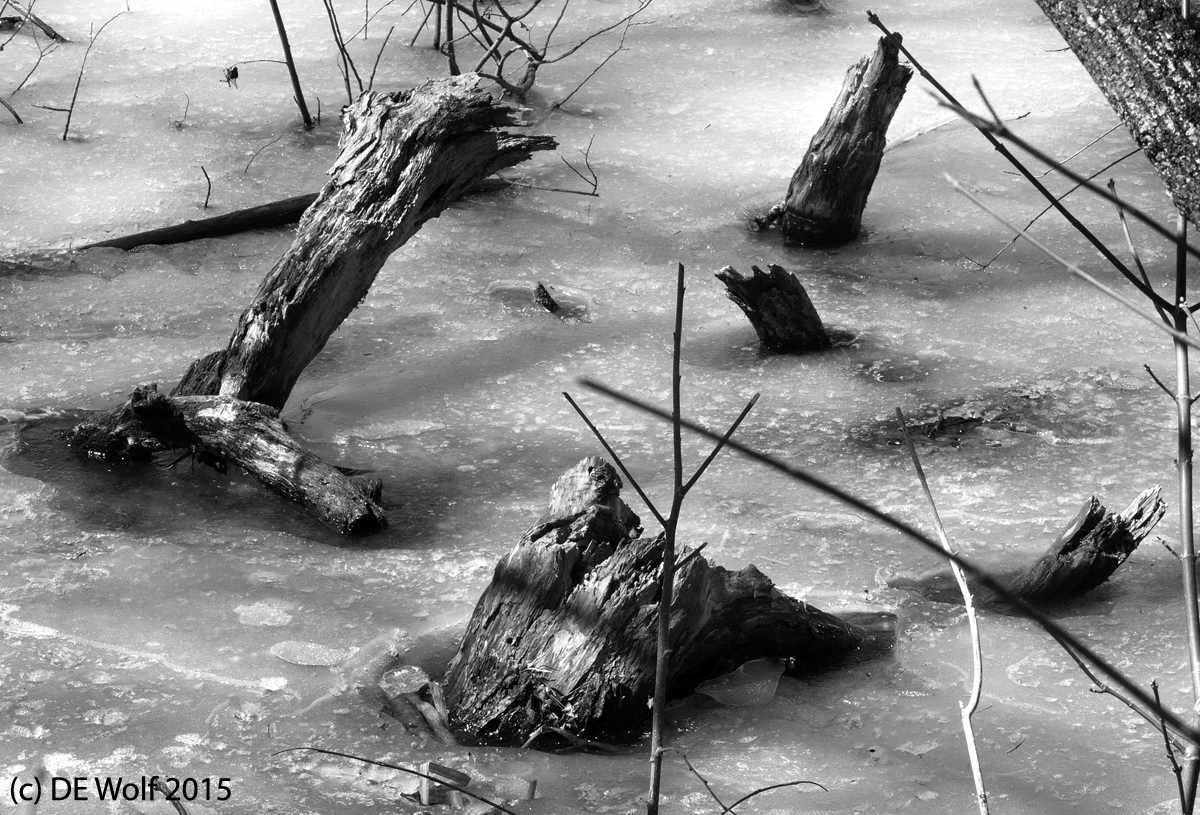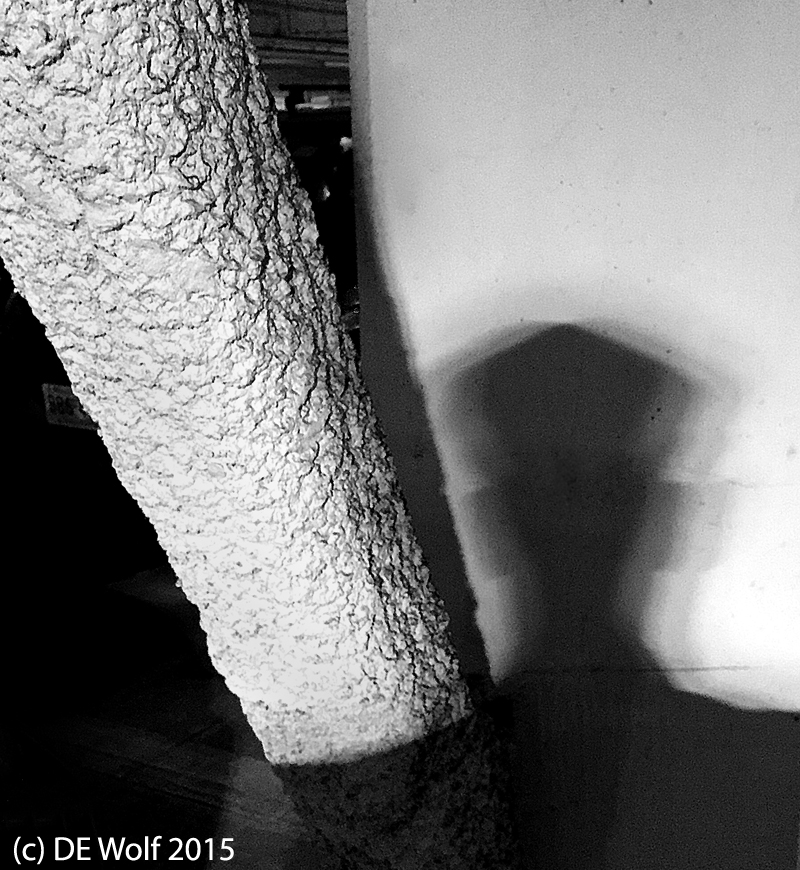The mockingbird of Figure 1 was a very obliging fellow. Usually the birds keep their social distance, but this one came surprisingly close, although he did prefer the cover of the bush. He did fool me for a very long time. One of the photographs that I took of him showed a red cap on his head, and I kept searching the bird guides for a red-capped bird that resembles a mockingbird. Finally, I realized that the red was due to an out of focus tree bud. I guess that in fooling me he lived up to his name – in sight if not song.
When I was in grade school we did a school play about Abraham Lincoln and this made a big deal over the fact that “listen to the Mockingbird,” a ballad at the time of the American Civil War was a favorite of Lincoln’s. So I kept that with me and was delighted when I moved to Maryland years ago by all the mockingbirds there. They do often fool you with their mimicry – the mime of many languages.
That play was my great stage debut. I had one line “No comment,” which I said with great emphasis. The part at least was speaking. A friend Scott S. got to play a statue of Lincoln, and passed out with a great crash to the floor. Grade school was so much fun in those days.
Anyway, just a short time after photographing frazil and pancake ice on Fresh Pond, I am delighted to be photographing equally delighted spring birds. They are all a flutter, well obviously. It is spring and the great press to mate and have chicks is upon them. Yesterday, I posted on my Facebook page a photograph of the last of winter’s ice on my back patio. And it is amusing to examine all the detritus scrapped up by the snow plow and deposited on my lawn this winter into what was once a huge mountain of packed snow. I finally found the Fitbit cover that I lost while snow-blowing in January. Unfortunately, it had been crushed by the plow as well.
Canon T2i with EF70-200mm f/4L USM lens at 126 mm, ISO 1600, Aperture-priority AE mode, 1/500th sec at f/10.0, with no exposure compensation.


